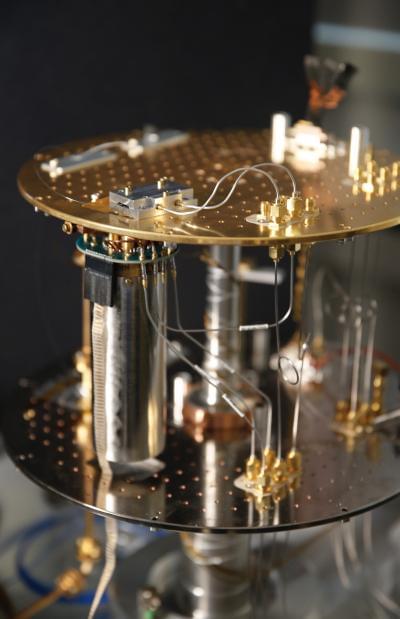A machine-learning tool that transforms text prompts into detailed video has generated excitement—and skepticism.


A machine-learning tool that transforms text prompts into detailed video has generated excitement—and skepticism.


Toyota is boosting its ability to mass-produce “a wide variety” of EV batteries following an agreement with Panasonic to take full control of Primearth EV Energy (PEVE). The move will help Toyota respond to the growing demand for batteries.
The automaker agreed with Panasonic to make Primearth EV Energy a wholly owned subsidiary Tuesday.
Toyota said the acquisition will strengthen its ability to mass produce EV batteries. It is officially scheduled for later this month.


We’ve been hearing a lot of rumors about Apple working on multiple foldable devices. While most of them refer to devices similar to Samsung’s Galaxy Z Fold and Z Flip, analyst Ming-Chi Kuo has now reported that Apple has been actively working on a foldable MacBook.
Details about this future foldable MacBook are unclear at this point. However, Kuo says that the device will have a 20.3-inch screen. According to the analyst, this new MacBook is Apple’s only foldable device “with a clear development schedule,” suggesting that the company’s plans to launch a foldable iPhone or iPad are still quite experimental.
“Recently, I’ve received many inquiries about whether Apple plans to mass-produce the foldable iPhone or iPad in 2025 or 2026. My latest survey indicates that currently, Apple’s only foldable product with a clear development schedule is the 20.3-inch MacBook, expected to enter mass production in 2027,” Kuo said in a post on X.

Quantum computers, which can solve several complex problems exponentially faster than classical computers, are expected to improve artificial intelligence (AI) applications deployed in devices like autonomous vehicles; however, just like their predecessors, quantum computers are vulnerable to adversarial attacks.
A team of University of Texas at Dallas researchers and an industry collaborator have developed an approach to give quantum computers an extra layer of protection against such attacks. Their solution, Quantum Noise Injection for Adversarial Defense (QNAD), counteracts the impact of attacks designed to disrupt inference—AI’s ability to make decisions or solve tasks.
The team will present research that demonstrates the method at the IEEE International Symposium on Hardware Oriented Security and Trust held May 6–9 in Washington, D.C.

The next generation of wireless communication not only requires greater bandwidth at higher frequencies – it also needs a little extra time.
Cornell researchers have developed a semiconductor chip that adds a necessary time delay so signals sent across multiple arrays can align at a single point in space, and without disintegrating. The approach will enable ever-smaller devices to operate at the higher frequencies needed for future 6G communication technology.
The team’s paper, “Ultra-Compact Quasi-True-Time-Delay for Boosting Wireless Channel-Capacity,” published March 6 in Nature. The lead author is Bal Govind, a doctoral student in electrical and computer engineering.

A new leak suggests Apple’s only foldable with a development schedule and release is a 20.3-inch MacBook that would enter mass production in 2027.
Apple’s first foldable could be a MacBook instead of an iPad or iPhone. Save your jokes — we already know the MacBook folds shut with hinges.
A post on X from Ming-Chi Kuo states that rumors around Apple mass producing a foldable iPhone or iPad by 2026 are not accurate. Instead, Apple’s only foldable with a development scheduled is a 20.3-inch MacBook due in 2027.

Superconducting circuits, which conduct electricity without resistance, are among the most promising technologies for quantum computing and ultrafast logic circuits. However, finding a practical way to work with these materials that require extremely cold temperatures has been a challenge.
In a step toward that goal, a team of researchers led by Prof. Hong Tang developed and successfully demonstrated a device that presents a viable solution in transferring a very weak signal from a computing device stored at cryogenic temperatures to room temperature electronics to achieve a fast data transfer with very low energy consumption. The results are published in Nature Photonics.
The practical use of superconducting circuits requires connecting them to room temperature electronics. But doing so has largely relied on coaxial cables, which have a limited bandwidth and limited thermal conductivity – two factors that negate the benefits of superconducting circuits.